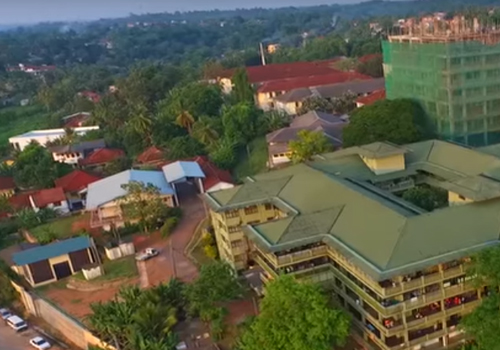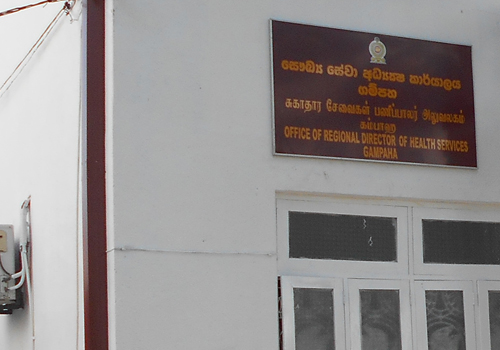01.2. Phase II
i. Basic Epidemiology (Lectures - 12 hours + Tutorials - 4 hours)
|
Learning Objectives |
Content |
Activity |
Time |
|
Describe concepts of epidemiology |
Definition of epidemiology Epidemiologic approach Descriptive epidemiology in terms of time, place and person History – Evolution of epidemiology Uses of epidemiology Natural history of disease |
Lecture |
1 |
|
Define, calculate and interpret measures of morbidity |
Measurements in epidemiology: Rate, Proportion and Ratio Measures of disease frequency: Cumulative incidence, Special incidence rates: Uses of incidence , Prevalence Rate: Point prevalence/ Period prevalence Relationship between incidence and prevalence Uses of prevalence |
Lecture |
1 |
|
Define, calculate and interpret measures of mortality |
Measures of mortality: Crude death rate Specific death rates: age, sex & cause Proportionate Mortality Proportionate Mortality Ratio |
Lecture |
1 |
|
Describe different epidemiological study designs, uses and limitations |
Classification of study designs Descriptive studies, Case control studies Cohort studies, Cross sectional studies |
Lecture |
2 |
|
Calculate and interpret measures of effect |
OR, RR, AR, ARP, Mean difference CI, 95% CI for effect measures Interpretation / application of effect measures |
Lecture |
1 |
|
Describe and critically read a research paper on controlled trial |
Experimental studies: Difference between experimental and quarsi-experimental studies Different types of exp. Study designs Community trials/ Drug trials Before and after designs, Pararalled group designs Phase I, II, III, and VI trials Selection of experimental group Selection of control group/s: Application of simple randomization – advantages /disadvantages Single / double blinding,Intention to treat analysis |
Lecture |
1 |
|
Describe a screening test |
Screening criteria Sensitivity, specificity, FPR, FNR, Predictive value Likelihood ratio |
Lecture |
1 |
|
Describe factors considered to determine causation of disease |
Causal criteria |
Lecture |
1 |
|
Describe quality of data |
Selection bias, information bias and confounding bias Reliability Validity |
Lecture |
1 |
|
Describe “Evidence Based Medicine” (EBM) |
Definition of EBM and EBPH. level of evidence, Advantages of systematic review and Meta-analysis Steps involved in designing a systematic review Interpretation of a forest plot |
Lecture |
1 |
|
Explain the importance of qualitative research |
Different between quantitative and qualitative research Focus group discussions In depth interviews |
Lecture |
1 |
RECOMMENDED READING MATERIAL
-
Jayawardana PL, Abeysena HTCS and Pathmeswaran A 2009, Hand book on Research Methodology for medical undergraduates, Faculty of Medicine, University of Kelaniya.
-
Sivagnanasundram C 1999, Learning Research, ISBN : 955-96654-0-5
-
Hennekens CH and Buring JE, Mayrent SL (Ed) 1987, Epidemiology in Medicine, Lippincott Williams and Wilkins, Tokyo.
-
Barker DJP and Hall AJ 1994, Practical Epidemiology, Churchill Livingston, Edinburgh.
-
Barker DJP, Cooper C and Rose G 1998, Epidemiology in Medical Practice, Churchill Livingston, Tokyo.
-
Last JM 2001, A Dictionary of Epidemiology, Oxford University Press, Oxford.
-
Park, K 2007, ‘Principles of Epidemiology and Epidemiologic Methods’, in Park’s Text Book of Preventive and Social Medicine pp. 48- 87, Banarsidas Bhanot Publishers, Jabalpur, India.
-
Park, K 2007, ‘Screening for Disease’, in Park’s Text Book of Preventive and Social Medicine pp. 115- 122, Banarsidas Bhanot Publishers, Jabalpur, India.



